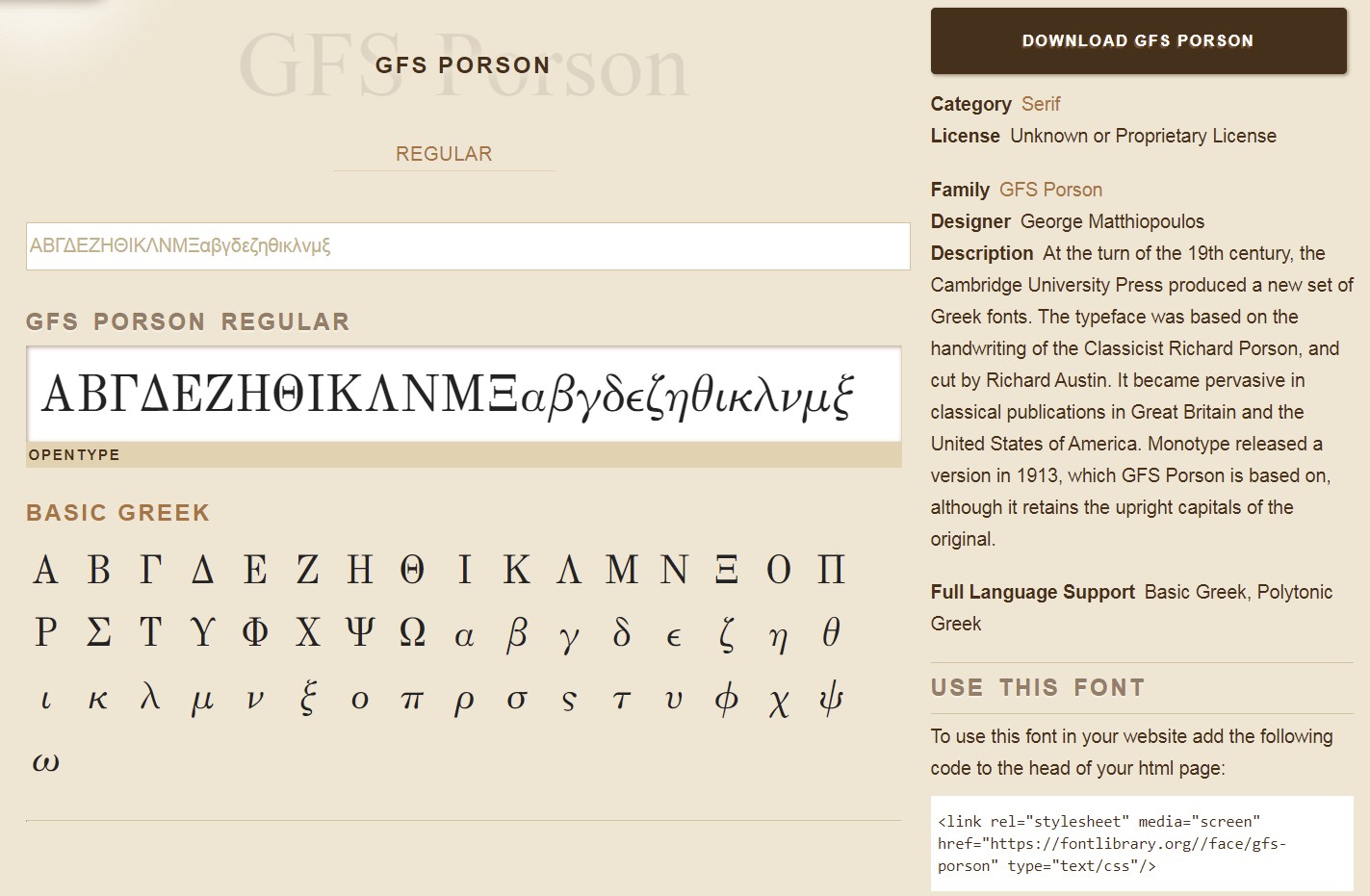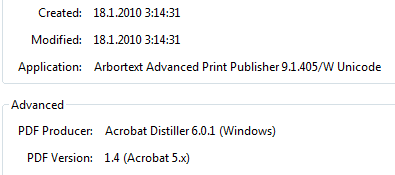A partial answer
Some Bitstream fonts have the wanted pi. It seems to be just in Bitstream's implementation of the typeface, it isn't the same in versions made by others.
One example: Iowan Old Style Italic
Here's a few letters of it:

As you see the rest of the letters aren't the same, only the pi symbol (hex 0390) is the wanted one. There's only a few Greek symbols.
The same pi exists also in straight versions of several Bitstream fonts except in Bitstream Math with Greek, which has it like it's in your example. That font doesn't have the Italic cut; to get the slanted version the only possibility is to apply mechanical slating if that's possible in the programs you want to use. A guess: Your example font is a version of Bitstream Math with Greek.
A full set of Greeks with the wanted pi are in font GFS PORSON REGULAR, but that's based on an old Greek style typeface:

Technically it's not complex to edit an existing font so that the wanted pi is available. If you start from a font which is free to use, free to modify and free to distribute you avoid legal problems. Many commercial font suppliers like Adobe prohibit creating own versions even to be used in one's home only.
There are ways to extract embedded fonts from PDFs. As already said by others those fonts are generally subsets, they contain only a part of the characters. In this case the fonts also have some obscure coding which is allowed because PDFs are shown ok, but common font extracting methods either generate error messages or leave out parts, like the wanted pi. I guess they are inherited from the original layout program. The program is shown in properties:

BTW. If the extraction happened to succeed you probably would have no right to use the extracted font for anything.






